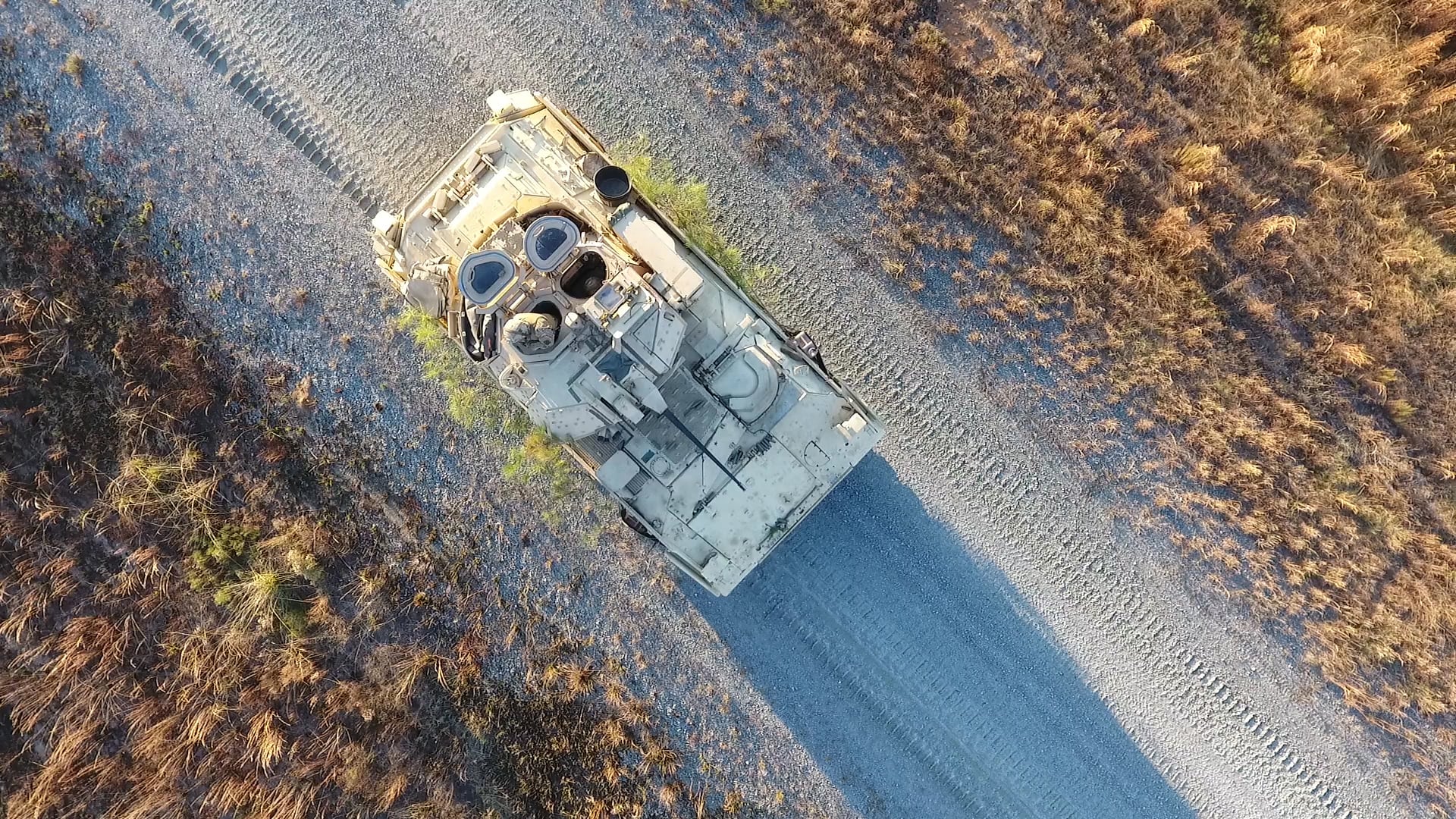WASHINGTON — The deadline is approaching to submit bids to build the U.S. Army’s Bradley infantry fighting vehicle replacement.
This summer, the service released a request for proposals to industry to design and build prototypes for the Optionally Manned Fighting Vehicle program. Bids are due at the beginning of November, Maj. Gen. Glenn Dean, the Army’s program executive officer for ground combat systems, told Defense News in a recent interview.
The Army last year awarded contracts to develop preliminary designs over a 12-month period. It tapped five companies: Oshkosh Defense, BAE Systems, General Dynamics Land Systems, American Rheinmetall Vehicles and Point Blank Enterprises.
“There are vehicle providers who didn’t participate in the first phase that theoretically could compete,” Dean said. “We think all five [current] competitors will bid. We won’t know until the bids come in. Every one of them has to make their own business decision about their probability of success in the next phase.”
The Army has tweaked its request for proposals several times based on industry feedback, Dean said.
In September, the Army issued an amendment to request that each bidding team complete “a task” on modular, open-systems architecture, he said. “It’s basically an engineering test.”
What the Army really wants to understand is “the depth of expertise and understanding,” Dean added. “We’re going to give [them] an architecture ... that has flaws in it,” and contractors are required to identify the problems and indicate how they would reengineer or change the design to address the problem.
The service is also trying to determine how to more quickly progress the program. Dean said one change from the draft RFP to the final version included reducing the number of required prototypes.
RELATED

The original concept called for 12, but the Army landed on requiring seven vehicles with an option to deliver four more. The change allows the service to manage the high cost of prototypes.
The team for the Optionally Manned Fighting Vehicle program is working with Army Test and Evaluation Command to test digital systems, which might allow for earlier and faster testing with fewer prototypes, according to Dean.
The Army is also allowing industry teams to propose when they are ready for design reviews rather than having the service set hard and fast deadlines.
“It’s possible that one or more bidders can come in faster and then proceed faster through the gates,” Dean said. “The flipside of that is depending on how aggressive a capability they propose, it might take them longer to get there.”
Other factors could cause uncertainty in the schedule, particularly supply availability for components as industry teams begin building prototypes. “We can see longer lead times than anticipated,” Dean said.
The Army anticipates awarding a contract to proceed to three teams around April 2023, he added. The detailed design phase will take place in fiscal 2023 and fiscal 2024, and the prototyping phase will begin in fiscal 2025.
The Army expects to select in the fourth quarter of FY27 one company to build low-rate production vehicles. The first unit equipped is planned for FY29, and full-rate production is expected to begin in FY30.
Jen Judson is an award-winning journalist covering land warfare for Defense News. She has also worked for Politico and Inside Defense. She holds a Master of Science degree in journalism from Boston University and a Bachelor of Arts degree from Kenyon College.








